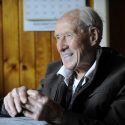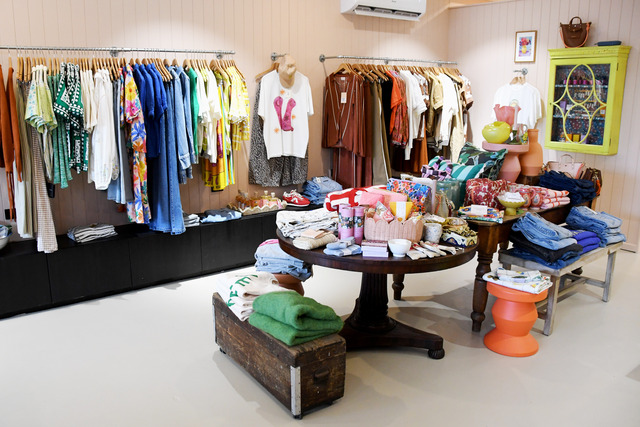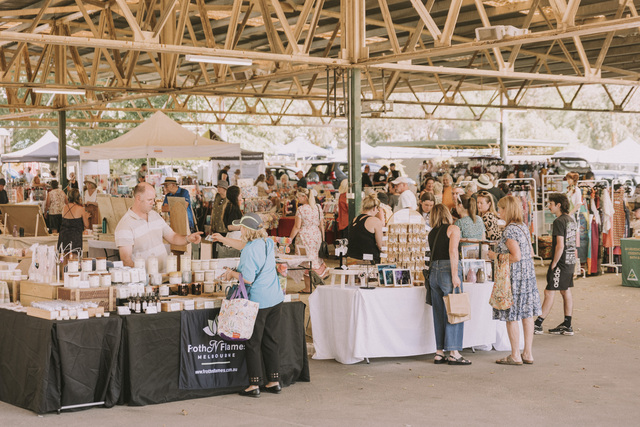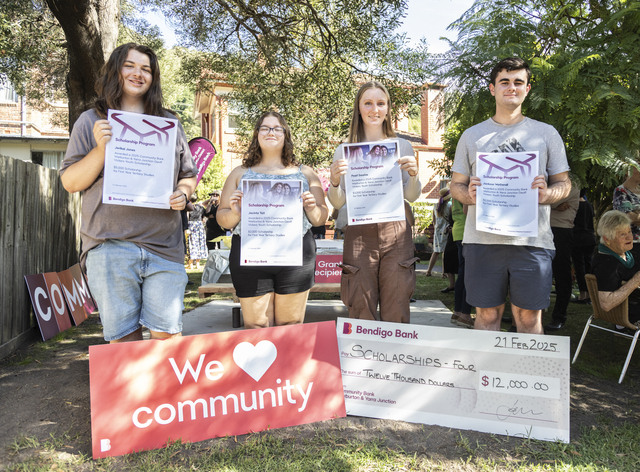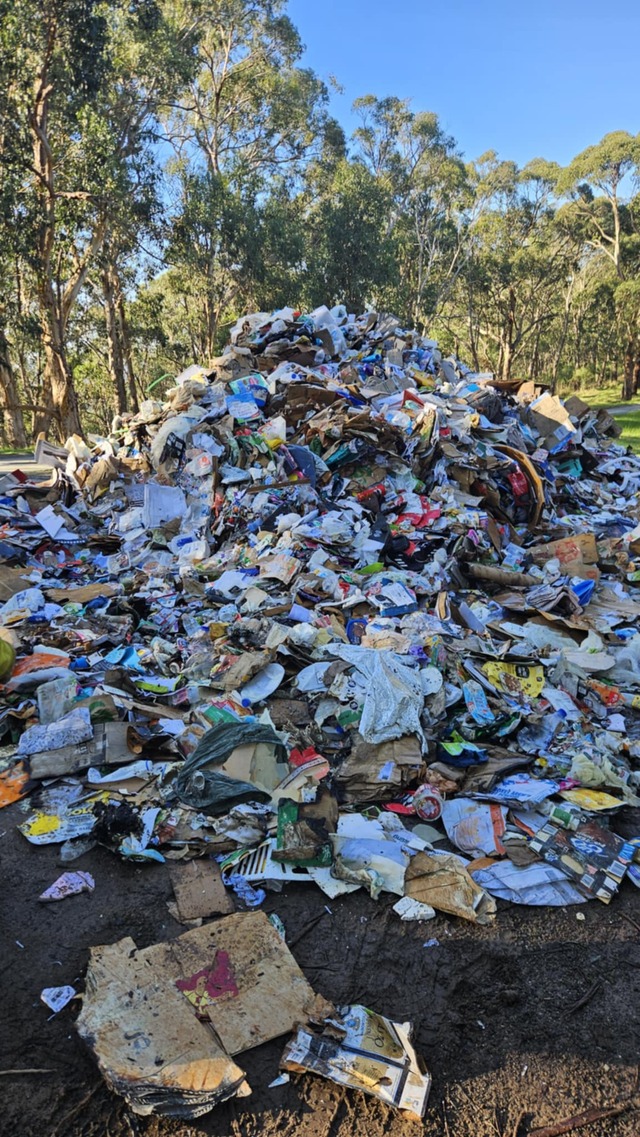William ‘Des’ Morrish’s account of the devastating 1939 bushfires still makes riveting reading.
Des told his part of the story 70 years after the event at a commemoration of the fires in Warburton in January 2009.
He was just 19 at the time, but that experience, turning out with the then captain of the Warburton Fire Brigade, Mac Spark, was a defining event in his life.
He said the weather was punishingly hot and as he was in the fire brigade, he didn’t go to work that day.
“We had the fire engine up on the aqueduct that went from the O’Shannassy to Silvan and early that morning Harry Martyr, Mac Spark and me had the fire engine up there.
“What we thought we were going to do is pump out of the aqueduct and put the bushfire out – that’s what we thought we were going to do,” he said.
“But nothing known to mankind could have stopped that fire on that day.”
Looking back, it was a chilling premonition of the Black Saturday bushfires that swept across much of the same Victorian landscape just a month later and which led Des to make a submission to the 2009 Bushfire Royal Commission.
Bushfires were just a part of his life however. The bush, and in particular the timber industry was his livelihood and his passion from an early age.
Des left Warburton to live in Dandenong in 1955, but he was born and bred Warby and returned often.
It was almost mandatory that his farewell on 26 July was from Heritage and Heritage Pioneers Chapel in Woori Yallock where photos pay tribute to the sawmillers, fallers, log carters and truck drivers of the timber industry.
“This area is Des’s old stomping ground … this was very much part of Des’s core,” his daughter Judy Brown said.
She said he was very proud of the timber artifacts and photos. “Wild horses could not stop him from coming to be a guest speaker at the annual commemoration services held here each year.”
Des was born on 28 January, 1920, to William and May Morrish and had a younger sister, Ida.
He went to Warburton State School, leaving school at 14 during the great depression to work in the local grocery store for 12 shillings and sixpence for a six day week, and long hours.
At 16 he went bush – getting a job in a sawmill eight miles from town carting saw dust by wheel barrow.
After four years he went into the tall timber country as a high lead rigger, climbing to the top of trees 250 feet high to cut the top off and set the wire ropes and rigging used to mark the area to be logged.
He worked as a ‘ropey’ tying the logs to be loaded on huge timber trucks to go to the mills.
He was ambitious and studied during this period to get his steam engine driver’s certificate, an important qualification in the industry.
After 10 months in the Army during WWII, he was discharged to continue to work in the timber industry, designated as an essential service.
Des’s son Norm said his dad was a pioneer of the industry.
“He would take eight hours to climb 300 feet to cut off all the branches, then lop the tree top off to make a central winching spar tree for the high lead logging system operated by a steam winch,” he said looking over the climbing belt he used in the 1940s at the New Federal Mill near the Ada tree.
“Dad was the last survivor of the pioneer logging era, prior to chainsaws and bulldozers.”
On Saturdays, Des would work in the bush until lunchtime and hot-foot back to town to play football for Warburton.
In fact he was a keen sportsman throughout his life participating in bike-riding, wood-chopping, athletics and water-skiing as well as lawn bowls later on.
Over the years he moved camp several times working on the Acheron Way, in the Mansfield region and in the Dee Valley where his father had logged before him.
Des was 24 when, on 23 December 1944, he married local beauty and champion tennis player, Sadie Hook. It was a whirlwind romance and the date fitted in with the Christmas break from working in the bush.
They had Norm and Judy, and were together for 64 wonderful years together.
They had a busy social life in Dandenong with the Masonic Lodge, and Bowls and Probus clubs, family holidays in the early days and caravanning later in life.
Living alone after Sadie passed away Des met a lovely woman, Carma Keast, at the Dandenong Club.
They made an impressive couple and found happiness and a renewed zest for life which brought joy to their family and friends.
In many tributes, Des was remembered as a man who was an innovator and an adventurer, a hard-worker and a bit of a dare-devil, a gentleman and story-teller, much loved husband, father and grandfather and a loved and respected friend and colleague.
He was competitive and would have loved to reach the magic 100 – but it was not to be.
Des died on 17 July, in his 98th year.
He is survived by Norm and Judy and their families…and his stories will live on.

